
Image credit: Calaveras Horse Disaster Services
It helps if the horse is haltered. That’s what I was thinking when driving along a Maine state highway years ago. Two big Belgians had just dashed across the road. Partners in crime, you could say. They trotted through one yard and began helping themselves to the neighbor’s lovely green pasture, er, lawn.
— No halters
— No owner
A sheriff’s deputy happened upon the scene, but he sheepishly admitted to “not being a horse person” (He might’ve been more of a horse person if there was less horse, I think.) A neighbor grabbed a bag of carrots from her fridge. I grabbed a dog leash from my car, took off my belt to serve as another lead line, and together we got them back into their pasture without too much fuss.
But the incident got me thinking about a Whatcha-Gotta-Have Kit.
For starters, I believe all horse owners should have these basic skills:
- How to catch a loose horse
- Signs and symptoms of colic and how to treat it
- How to clean and dress various wounds
- How to treat other ailments (like infections, abscesses, strains)
- How to take horse’s temperature, respirations, and heart rate
- Signs and symptoms of heat distress and how to treat it
Read more about Whatcha-Gotta-Know here.
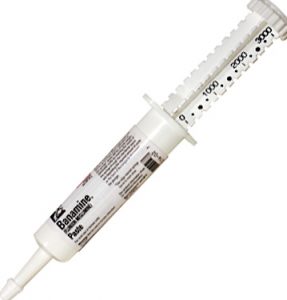
Banamine
Then, there are actual items. I have some really simple things I carry on me all the time. It’s not emergency stuff but I’m always surprised by how often I use them, especially in urgent situations: A belt, a knife, and a cell phone
The belt doubles as a leash or lead line. The knife constantly comes in handy for cutting bailing twine, peeling fruit, cutting the t-shirt so you can apply a tourniquet after you’ve cut yourself with the knife. (My crazy, imagined scenario: I get my foot caught in the stirrup and am dragged by the panicky horse before I valiantly cut myself free with said knife. Ta-Da!)
The cell phone is for timing your heart rate, er, your horse’s heart rate, and calling for help.
 Equine Emergency Kit Contents:
Equine Emergency Kit Contents:
Emergency contact info: phone numbers for your vet, your back-up vet, neighbor, horse-knowledgeable friend, someone with a trailer if you don’t have one.
Watch or some way to monitor time and measure seconds and minutes (cell phone)
Flashlight (cell phone)
Paper and pen (even better, a little notebook like Rite in Rain, with a pen that will work in the rain, too)
A few bundles of vet wrap (the kind that sticks to itself)
Banamine paste
Vaseline or other lubricant
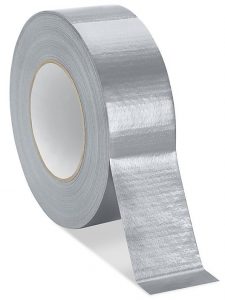 Gas X (that’s the brand name for a human OTC medicine for indigestion)
Gas X (that’s the brand name for a human OTC medicine for indigestion)
Assorted syringes (recycled wormer syringes and smaller, sterile ones)
Stretch bandages
4×4 gauze pads
Chlorhexadine scrub for cleaning wounds. (Nolvasan)
Instant cold pack for you and/or your horse
Thermometer
Stethoscope
Eye ointment (Vetropolycin) for eye or around-eye injury
Saline solution (for washing out eye injury or irritant)
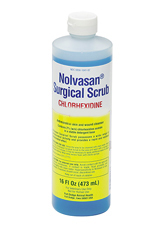
Nolvasan
Antibiotic ointment
Hoof pic
Catheter to rinse out a puncture wound (make sure you have a syringe that fits it)
1st aid tape
Duct tape
Kotex pads/small diapers as good, relatively cheap first aid pads
Polo wraps for covering bandages
Hoof shaped poultice pads – pricey but more convenient and less messy than poultice.
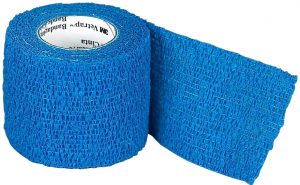
Vet wrap
Latex gloves
Leatherman
Halter (preferably a rope halter with lead line attached. Rope halters readily fit more sizes of horses than other halters)
Treats (hay pellets, oats, or other options that will not present any choke risk)
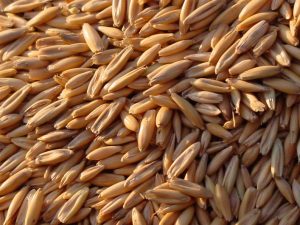
Oats